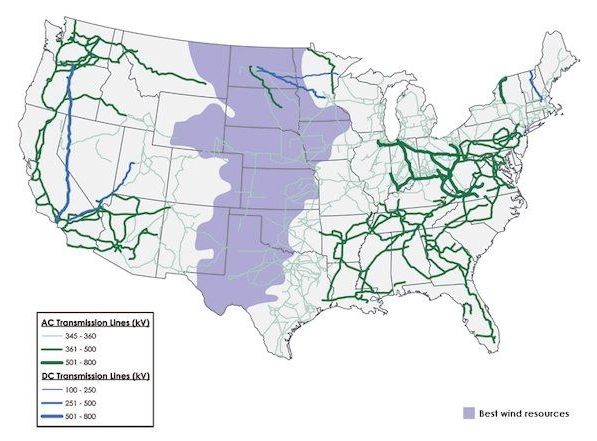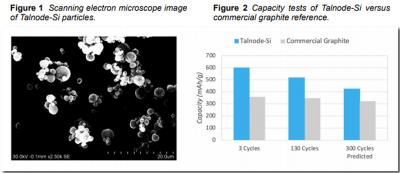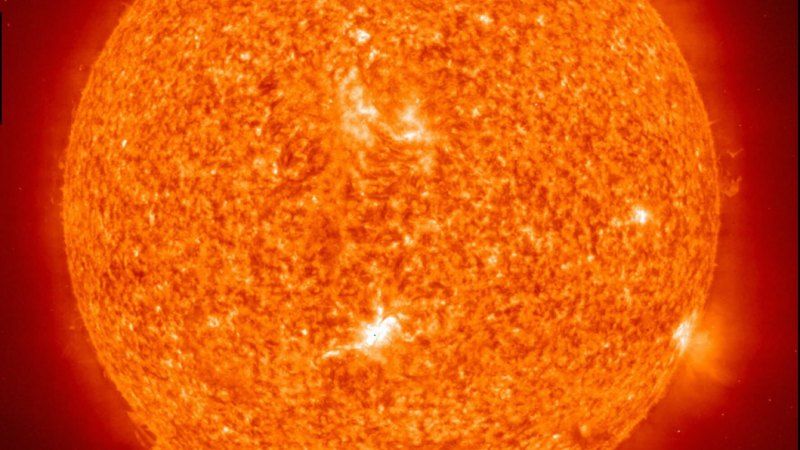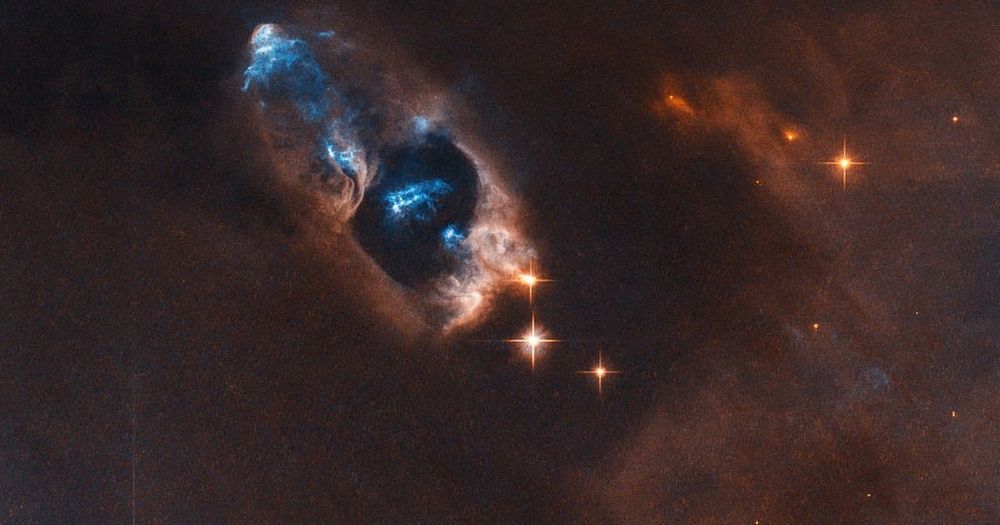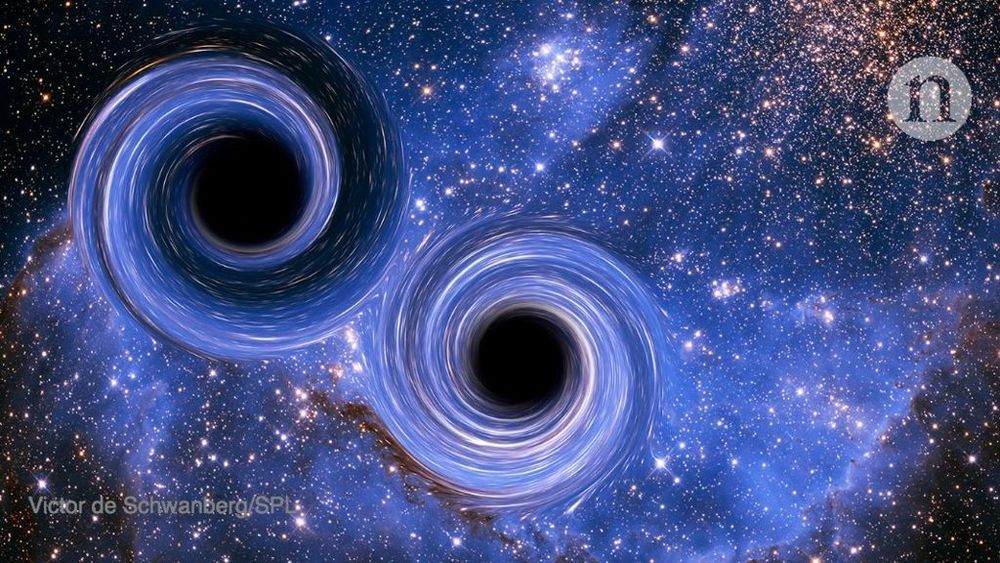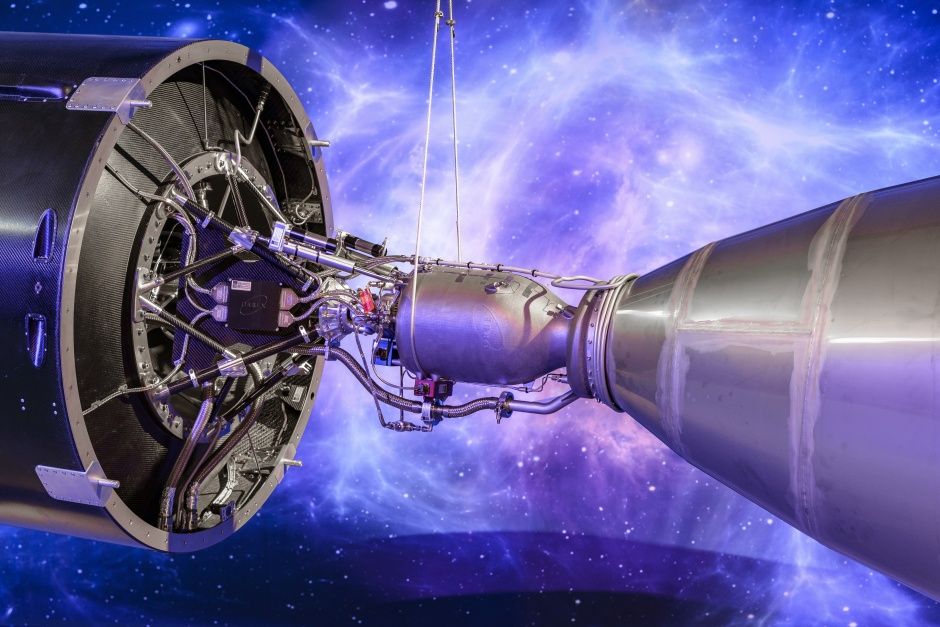Wow, anybody remember the Grain Belt Express? No? No wonder! The massive 700-mile wind power transmission project in the US Midwest has been on the boards since at least 2011. It got off to a promising start but suffered death by a thousand cuts when state officials in Missouri balked.
Well, it looks like the naysayers forgot to cut off its head or at least sever the spinal cord, because the Grain Belt Express could come back to walk the Earth once more.
